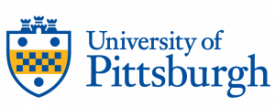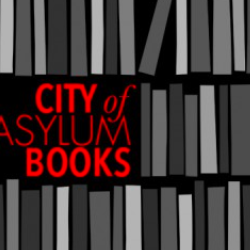Hong Kong’s Waves of Protest Against “Brainwashing”
by Tienchi Martin-Liao / September 12, 2012 / No comments
We can assume that young people in Hong Kong are familiar with mobilizing a mass movement. In one example last year, a group of young middle school students formed an organization called Student-Citizen Thought Trend (xue min sichao) to take the lead in the anti-brainwashing movement. To that effect, on July 29th around 90,000 residents (the count made by the police was at 32,000) participated in an anti-brainwash protest under searing heat. The person who initiated the action is a 15-year-old student named Huang Zhifeng. He and his teenager comrades are enthusiastic and efficient, and their movement received support from all sectors of society.
During the protest people held banners with the words: “No Brainwash,” “the younger generation shall not become communist,” and “protect the freedom of thoughts.” Still, to the anger of the protesters, the government did not diverge from their original plan and insisted on implementing the national education curriculum by autumn.
137 schools said that they would reject the national education curriculum in the coming year while 77 have said that their rejection would last for three years.
Soon after, in the first week of August, the second wave of resistance started with the “one man one letter action” initiated by the National Education Parents Concern Group. Parents, as well as teachers and students, were encouraged to write letters to schools waiving their children’s presence at patriotic national education classes. Instead, they said, the students should go to the school library for the hour. Three weeks later, over 6,200 letters went to 354 of 951 primary and middle schools. Of that number 137 schools said that they would reject the national education curriculum in the coming year while 77 have said that their rejection would last for three years. The result was not an enormous success, but the youngsters have initiated a third wave of protest, mentioned earlier in this column.
On the other hand, the so-called National’s Little Vanguard –similar to the Young Pioneers in China—was founded at the Chen Lu Zhong De memorial School in 2007. The children wear yellow scarves, camouflage uniforms, march in military step with wooden machine guns, and salute the Chinese flag and the country’s leaders.
“The Chinese government is preparing to build the reserve army of the communist party, and it is unacceptable for the Hong Kong people” –Patrick Poon
It seems that beside The China Model booklet, the National’s Little Vanguard would also be integrated into public schools with the idea that patriotism, obedience, and loyalty to the party become top merits. “The Chinese government is preparing to build the reserve army of the communist party, and it is unacceptable for the Hong Kong people,” Patrick Poon said to the writer of this column via Skype. Indeed, the waves of protest in Hong Kong reflect the people’s anxiety about Beijing’s growing influence and intervention.
Now that the consciousness of Hong Kong’s citizens is flaring up, it looks like it will not cool down until they get a satisfactory answer from the authority. On September 8 Leung Chun-ying made a gesture of conciliation and suggested that the civil educational classes be optional for schools. “The schools are given the authority to decide when and how they would like to introduce the moral and national education,” he said.
While these are not the final words and decisions of the authority, at least they show that the government bows to the will of the common people. Such actions set a good example for Hong Kong’s mainland compatriots.





